
CFOs and finance leaders are reacting to direct, external pressures, namely economic volatility, fickle trade tariffs, sticky inflation, and supply chain disruption. The Strategic CFO 2025 report indicates that almost 70% of these professionals are concerned about meeting end-of-year financial goals due to these external threats and unforeseen disruptions.
Therefore, an important question arises – is it possible for CFOs to use AI and automation as an internal stabilizing force to offset the global market uncertainty and unpredictability?
Join this timely webinar to gain insights from Michael Agresta, CFO at Coupa, and Daniel O’Shaughnessy, CFO at Formlabs, during an enlightening discussion on:
*Attend this webinar to earn 1 CPE credit.



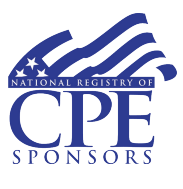
Field of Study:Finance
Level:Overview
Prerequisite:None
Advance Preparation:None required
Delivery Method:Group Internet-based
Recommended CPE Credit(s):1
Event Inquiries: For inquiries as well as complaints concerning this event, you are welcome to send an email message to [email protected].
Please note that only those who attend the live event will have the opportunity to earn continuing professional education (CPE) credit in connection with this event. Because there is no charge to register for this event, there are no refunds following registration for this event.
To be eligible to earn one CPE credit during each session that offers attendees the opportunity to earn CPE credit, you must answer at least three polling questions while attending the session for a minimum of 50 minutes.
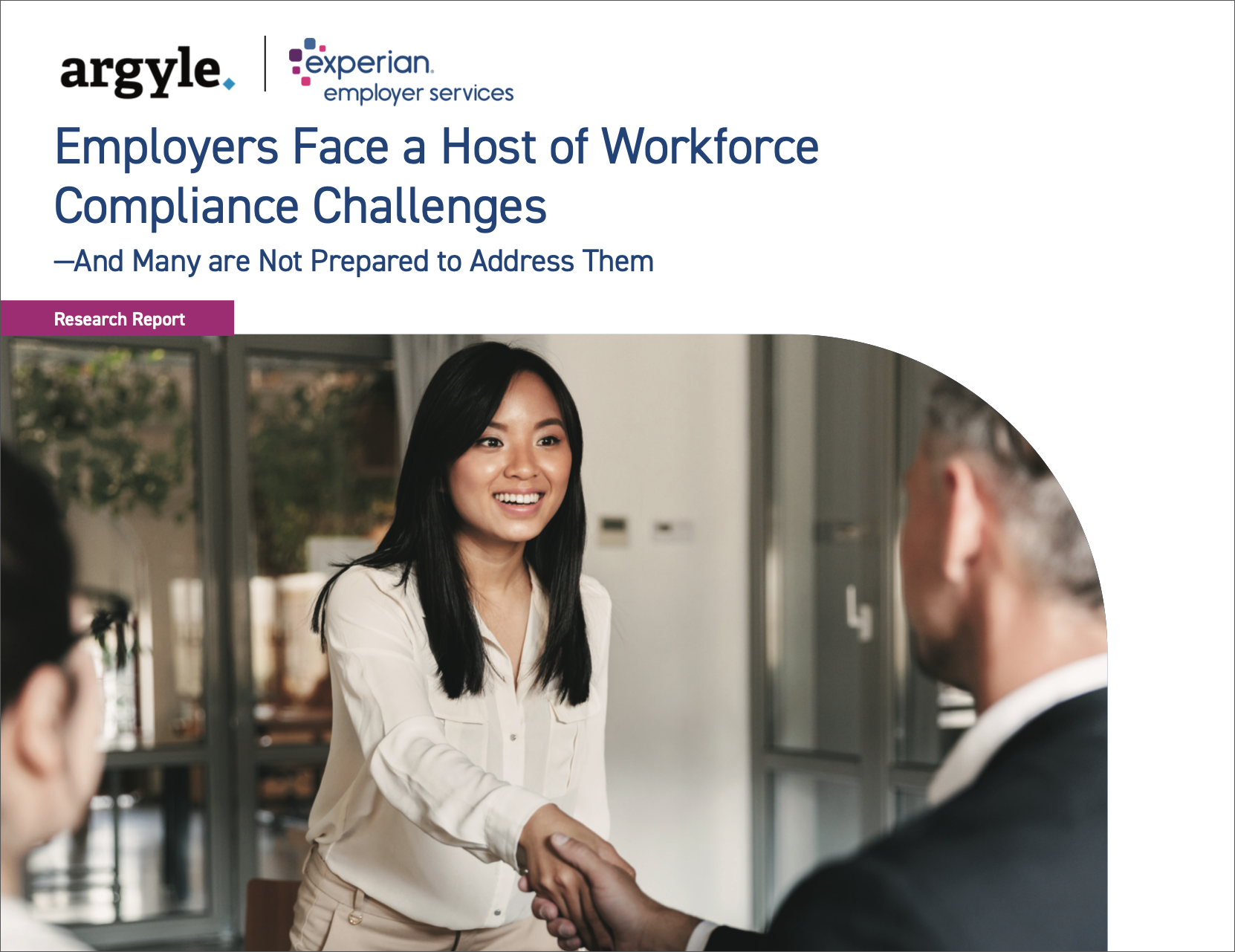
Unlock the Latest Workforce Compliance Trends and Challenges in HR, Payroll, and Finance.
Join us for an exclusive webinar where we’ll dive into the results of a comprehensive survey of over 225 leaders across the U.S. Discover the top priorities, challenges, and solutions shaping the future of HR, Payroll, and Finance management in 2024.
Overview
Experian Employer Services, a leader in serving employers to eliminate operational burdens and reduce operating costs pertaining to workforce compliance, teamed up with Argyle to conduct an in-depth survey to understand how HR, Payroll, and Finance leaders are navigating innovation and regulatory complexities. The result is the recently released report HR, Payroll, and Finance: A Leadership Perspective.
During this session, our expert presenters will break down the key findings, offering a fresh perspective on how leaders are addressing critical issues like:
These insights provide a real-time snapshot of industry trends and best practices, helping you stay ahead in a rapidly evolving landscape.
Why attend?
This webinar is designed explicitly for Payroll, Finance, and HR leaders. You’ll gain actionable strategies and insights to immediately apply to improve your organization’s processes and compliance management.
Don’t miss this opportunity to equip yourself with the latest data and tools to tackle the pressing issues of 2024.
No business works without a strong finance function—and the better it works across end-to-end processes aligned throughout front, middle, and back offices—the greater the opportunity for improved performance and growth. That’s why today, finance leaders are turning an increasingly critical eye on their usual ways of working, assessing not only whether the office of finance adequately protects enterprise value but also whether it actively drives value creation.
Join experts from Fannie Mae, KPMG and Workday as we explore a fundamental reshaping of the processes that power the office of the CFO—modernizing the technologies, capabilities, and means of collaboration that can enable accounting, FP&A and procurement alike to be both value protectors as well as strategic value drivers.
You will learn:



Today’s finance leaders are under more pressure than ever before and are tasked to “do more with less”. While their day-to-day is consumed by manual work, finance teams are also somehow responsible for simultaneously cutting costs, increasing efficiency, and driving new growth. So, how are they supposed to do it all?
AI is the answer.
This timely and insightful webinar will focus on generative AI as an invaluable ally to finance teams. It will explore how AI can automate manual tasks, deliver richer outputs from contract reviews to flux analysis, and how AI can free up time to focus on more critical analyses to drive growth.
Attendees will also learn:




Whether you’re in the middle of an SAP ERP change or looking to drive your finance transformation amid SAP BPC end-of-life, choosing the right FP&A software is the most important part of building a modern and future-proof budgeting, planning, and forecasting process. But choosing the best solution for your organization isn’t easy.
As an SAP partner, CCH® Tagetik is the only non-SAP solution that natively ensures continuity with your existing SAP strategy. Get full, enterprise-grade planning with advanced modeling and scenario analysis, with the scalability to meet your organization’s growing needs – without the need for complicated integrations with your SAP landscape.
Join Kyle Trainor, Senior Presales Engineer at Wolters Kluwer, to learn how your peers are getting ahead of SAP BPC end-of-life as well as SAP ERP changes. Hear what works and what doesn’t, to ensure you don’t fall behind.
Take control of your finance transformation within an SAP ecosystem with:

Are your financial and HR systems prepared for the next stage of your organization’s growth? Whether you’re considering an IPO, international expansion, mergers and acquisitions, or scaling your workforce, it’s crucial that your back-office systems are up to the challenge.
Join us for an engaging discussion where industry experts share lessons learned and insights on how to ensure your back-office systems are prepared to support your growing organization. The webinar will focus on:
This session will provide you with actionable insights and practical advice from your peers who’ve done it before. We hope you can join us!




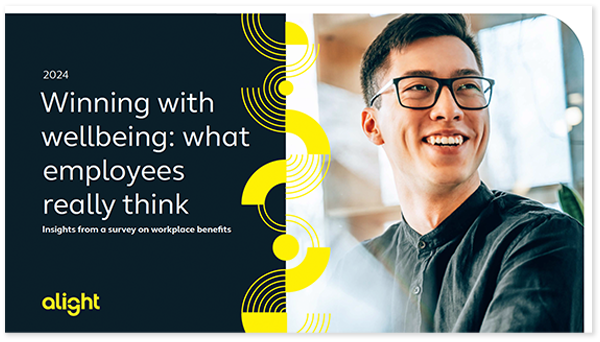
Employee turnover is expensive. After accounting for recruitment, onboarding and training, it typically costs an employer six to nine months of the departed worker’s salary to hire a replacement and get them up to speed.
Alight recently partnered with Clarke and Blum Research to find out what employees really think about the wellbeing initiatives offered by their employers. What makes employees stay? What makes them leave?
This report reveals important statistics and insights from the research, including:
Find out how the right wellbeing strategies can positively affect the retention, satisfaction and motivation of your employees. Download the 2024 Winning with Wellbeing report today. >>>
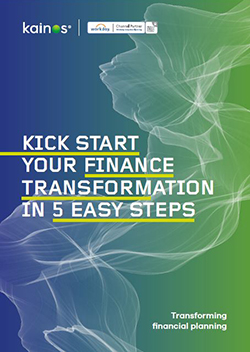
In 2024 finance leaders need to be pro-active, and ready to adapt to change at a moment’s notice.
In this ebook Kainos will breakdown the five key steps your business can take to kick-start your finance transformation through 2024 and beyond, including:
Download this quick eBook to learn the 5 easy steps your business can take towards their finance transformation. >>>

In today’s rapidly evolving business environment, tax leaders are facing new challenges everyday.
Download this guide to understand strategies to adopt and embrace transformative changes in Tax Compliance, including:
Discover how to empower your tax, finance and accounting leaders in 2024 and beyond. Download the ebook now. >>>
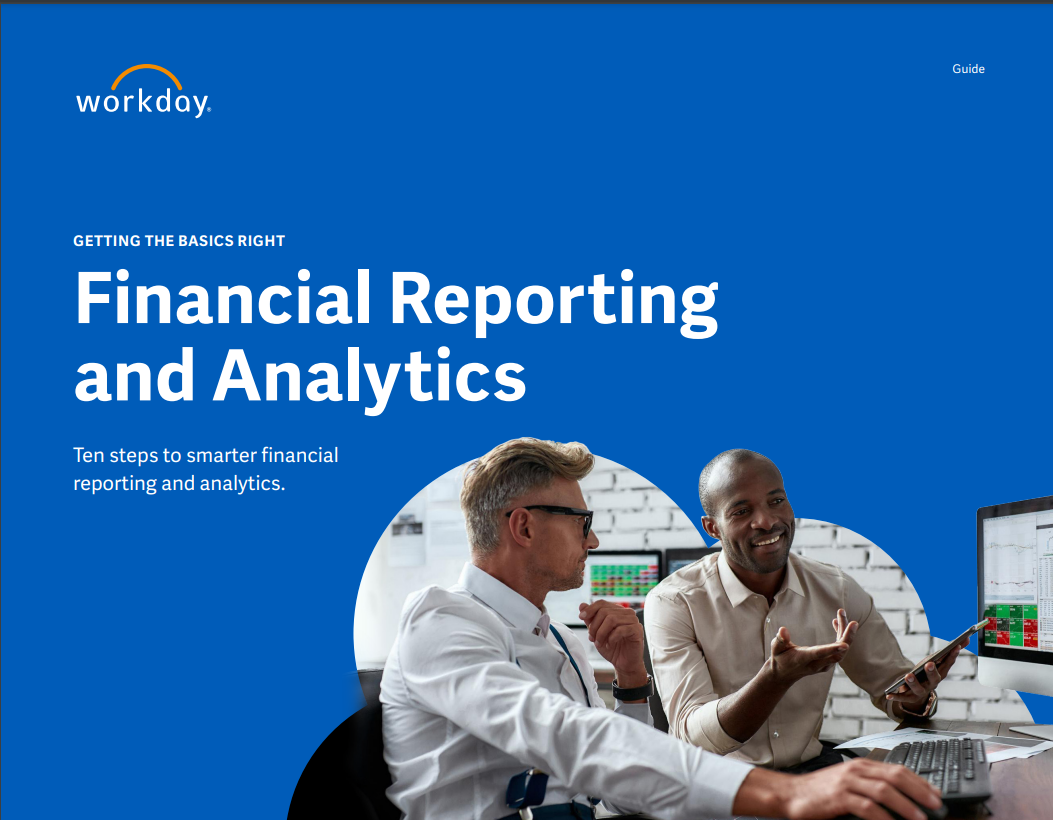
As businesses adapt to changing market conditions, it has never been more important for finance teams to make decisions based on the most comprehensive and accurate data set.
Download this guide to learn the 10 steps to smarter FP&A and how to capture what is happening within your business, financial and operational data, including;
Download the guide for 10 key steps to empowering more streamlined decision-making. >>>